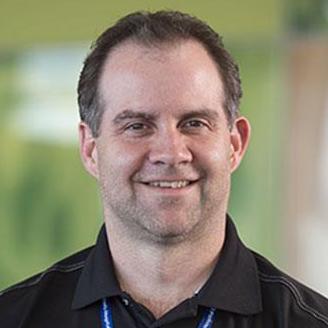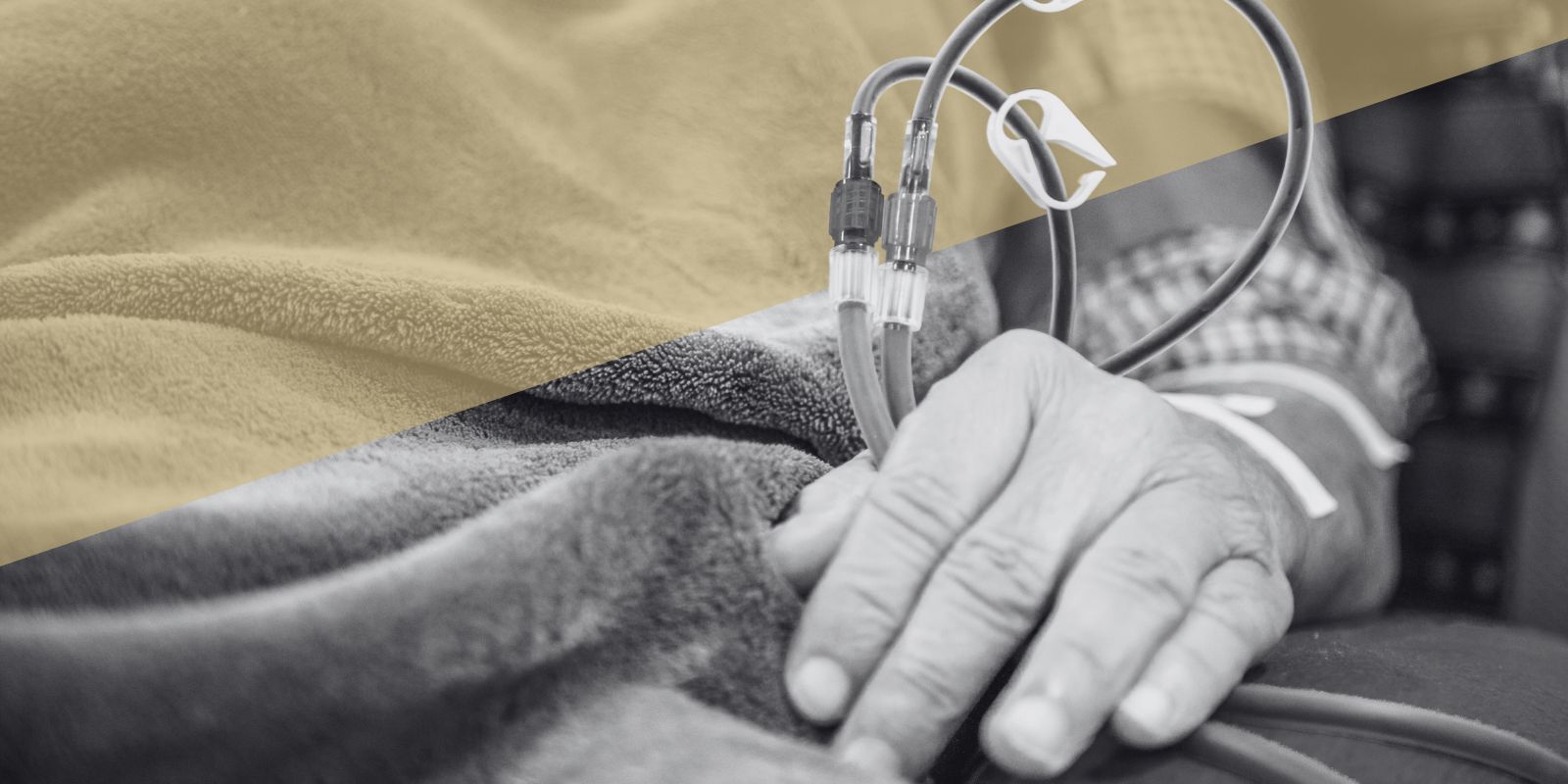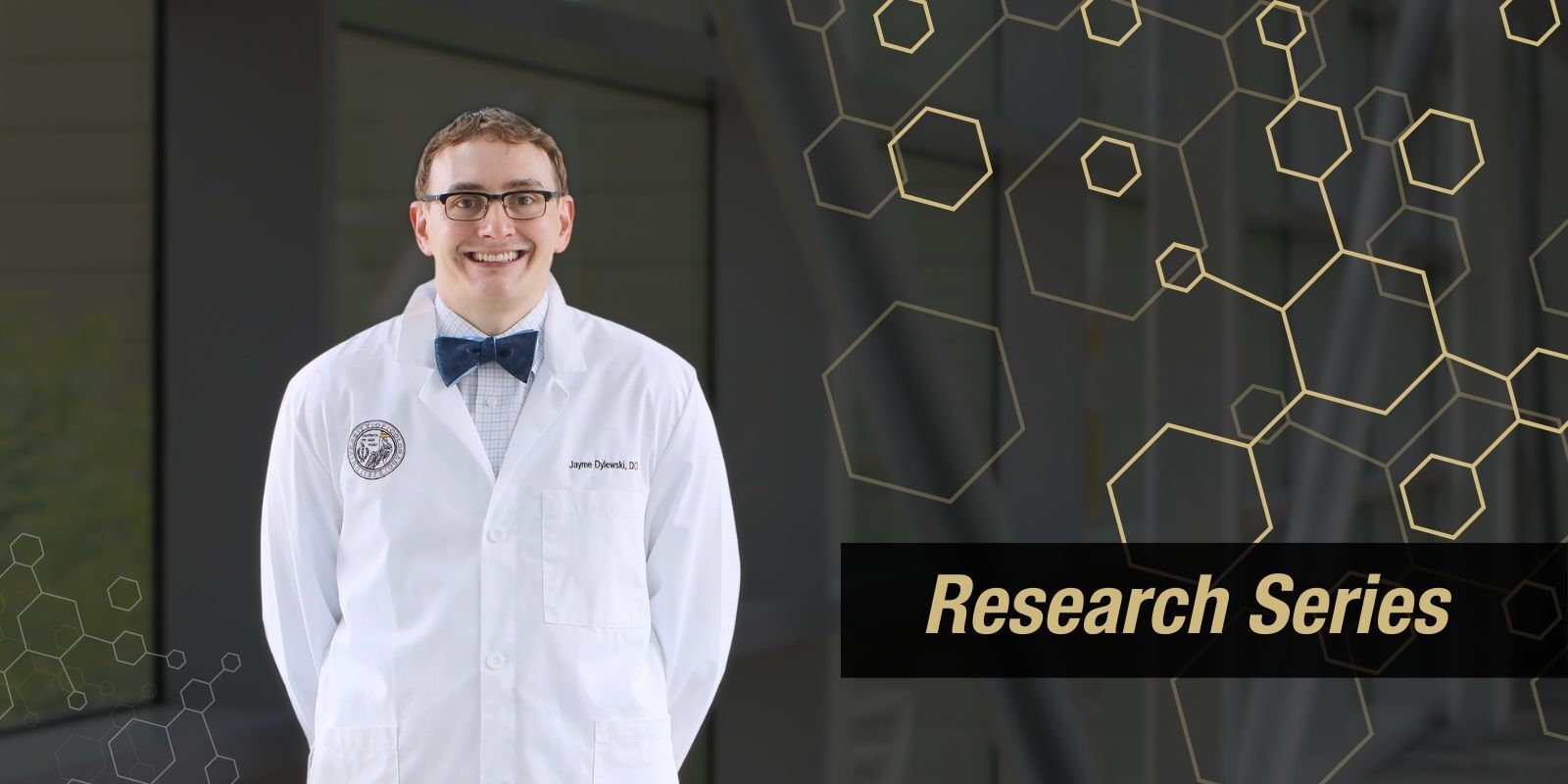Checking the donor box on your driver’s license application doesn’t just qualify you to donate organs such as kidneys, heart, and lungs; it also allows you to donate musculoskeletal tissue to patients awaiting repair of knees, ankles, and damaged tendons, ligaments, and cartilage.
The tissue is transplanted in a procedure called an allograft — as opposed to an autograft surgery, which uses the patient’s own tissue to make the repair.
“Using an allograft is typically easier on the patient, because we're not robbing Peter to pay Paul by taking tissue from somewhere else in their body,” says Jay Albright, MD, associate professor of orthopedics at the University of Colorado School of Medicine and surgical director of sports medicine at Children’s Hospital Colorado. “The surgery is less painful and more efficient, and the success rate is similar to that of using your own tissue. It’s also very beneficial for decreasing time under anesthesia, which makes it very useful in a wide array of procedures.”
Another way to donate life
As April’s National Donate Life Month comes to a close, Albright is motivated to bring attention to a type of donation that doesn’t historically get as much attention as solid organ transplants, though it has the potential to help more people comparatively.
“Theoretically, you could use both knees, the tendons from both legs, so you're talking about dozens of applications,” Albright says. “The bones could also become allograft bones, which are frequently used to fill bone defects that are left behind from tumors. One donor could benefit two to three dozen patients by their donation of musculoskeletal tissue.”
Musculoskeletal tissue also doesn’t require blood-type matching, and it has a much lower risk of rejection, meaning that patients who receive it don’t have to take antirejection medications. In another difference from organ transplantation, tissue donations have a much longer shelf life after the donor has died.
“When a donor passes, the tissue is harvested in a sterile technique, and that results in fresh or fresh-frozen allograft,” Albright says. “That’s brought to us, and for the fresh tissue we usually have about two to three weeks lead time where we can use it within that time before it's no longer usable. The fresh-frozen tissue can be on the shelf for weeks and weeks, and that gives us time to wait for the right problem, the right patient, to be able to use it.”
Sense of gratitude
It's Albright’s job to explain to patients that they will receive deceased donor tissue — younger patients typically want to know the gender of the donor, he says, which isn’t always easy to find out — and the patients are hugely grateful to those who had the foresight to make sure their tissue went to others who could use it.
“When you think about those lifesaving transplants — heart, lung, liver, kidney — for the age group that I deal with, youth and young adults, these donations also are lifesaving, in essence,” Albright says. “It allows them to return to what they would call normal life, to doing what they love. Without that tissue, they wouldn’t be able to do that.”
Does Albright share that sense of gratitude?
“Absolutely. If you think about it, I couldn't do a lot of the things I can do without people being willing to be a donor. That’s why I’m a tissue donor myself.”




